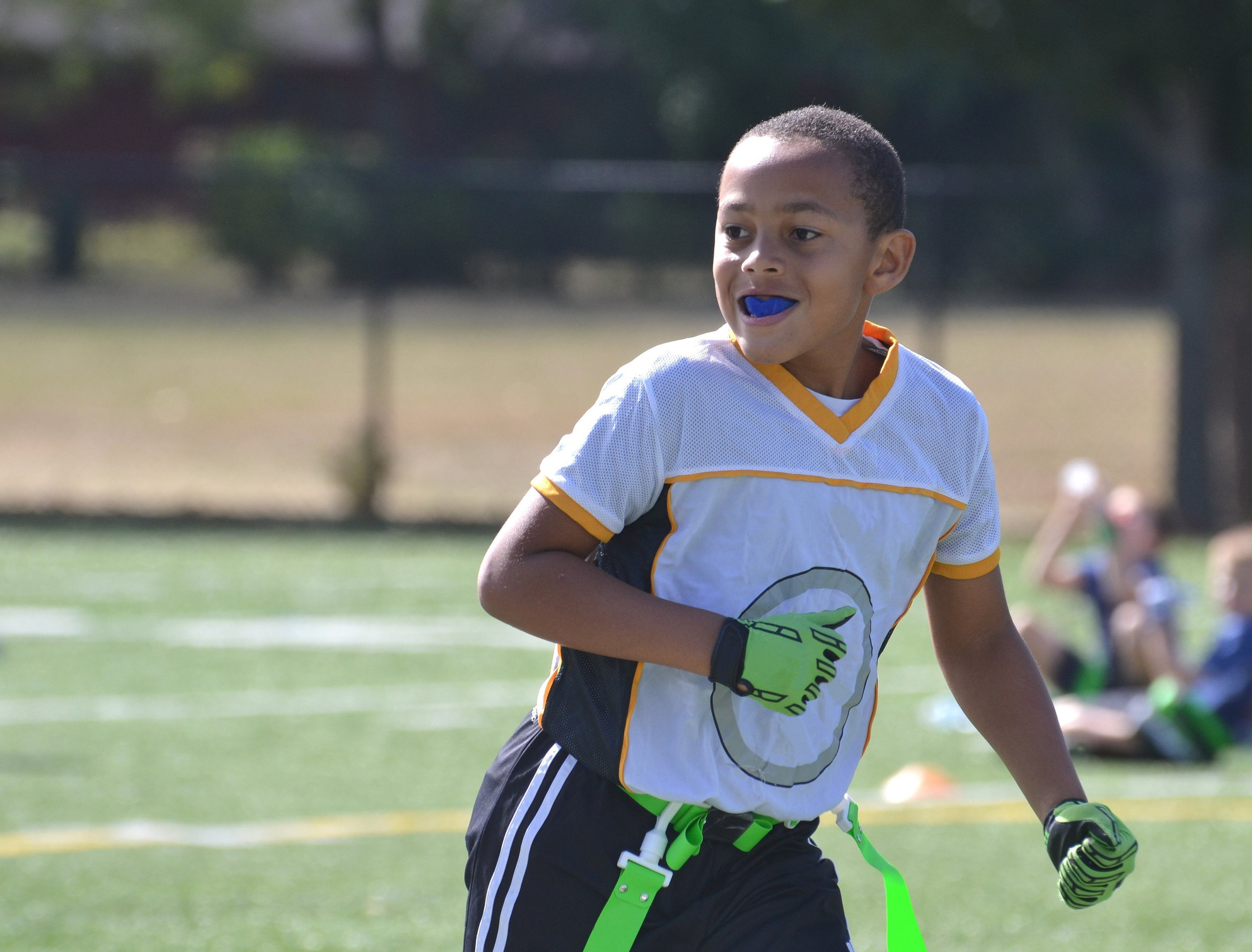According to the American Academy of Pediatric Dentistry, the popularity of organized youth sports and the high level of competitiveness have resulted in a significant number of dental and facial injuries. Wearing a mouthguard—UConn School of Dental Medicine faculty say—is one of the best ways to prevent orofacial injuries during sports.
In observance of National Youth Sports Week, Dr. Deborah Redford-Badwal, associate professor in the division of pediatric dentistry and Dr. Flavio Uribe, associate professor in the division of orthodontics at UConn discuss the importance of wearing a mouthguard during contact sports.
Why is it important for a child to wear a mouthguard during contact sports?
Redford-Badwal: Mouthguards that are properly fit to the child’s dentition can help protect the teeth and supporting structures—which includes the bones, gums, tongue and other soft tissues.
At what age should a child be wearing a mouthguard?
Redford-Badwal: All children involved in high impact sports, like soccer, skateboarding, and basketball should learn to play with a well-fitted mouthguard—meaning one that is made by a dentist that is formed around the child’s teeth. Although children don’t have a lot of strength behind their kicks or throws, they are less coordinated and will take more hits to the face because they don’t predict the ball’s trajectory well. As kids grow, there is more power behind the kicks and throws, so the mouthguard is more important—especially with permanent teeth because there are no third sets of teeth. We want to protect our permanent teeth as best we can.
Do teenagers also need to wear mouthguards?
Redford-Badwal: Teens and adults benefit from mouthguards and should be encouraged to wear them when they play on teams or are playing with friends.
How do mouthguards work?
Uribe: Similar to a helmet or a face protector, a mouthguard is a device that protects teeth and other structures against orofacial injuries. Once placed inside the mouth, a mouthguard acts as a cushion that absorbs the impact of traumatic injury and protects teeth and the surrounding soft tissues, such as tongue or the lips. A mouthguard can also reduce the severity of injury to dental and oral soft tissue structures by absorbing and reducing the force of trauma. Moreover, mouthguards can act as barriers between the teeth in the jaws, absorb and disperse the force from clenching, and protect the teeth from wearing down. There are even reports of mouthguards helping in concussion prevention, although the evidence for this is not yet sufficient.
How effective are mouthguards in protecting teeth during contact sports?
Uribe: There are many studies that report mouthguards can effectively reduce traumatic injury to teeth and oral soft tissue during contact sports. It has also been shown that the incidence of traumatic dental injuries can be as much as five times greater in basketball players who are not required to wear mouthguards compared to football players who are required to wear mouthguards. Further, the American Dental Association states that the use of mouthguards can effectively reduce the severity and the incidence of traumatic oral injuries in contact sports athletes.
How do you choose the right mouthguard?
Uribe: It is best to go to the dentist and have a custom-made mouth guard made. In fact, the Academy of Sports Dentistry recommends the use of properly fitted mouth guards, which are provided by dentists. Although these mouthguards tend to be more expensive and require a dental office visit, they provide the best protection and tend to stay in place better that some of the cheaper options. Also, custom-fabricated mouthguards fit better around the teeth and gums and come with the least amount of irritation.
Can mouthguards be worn with braces?
Uribe: Yes, mouthguards can and are recommended to be worn with braces. In fact, specific types of mouthguards have been developed that work with braces. The mouthguards are typically wider by design to fit the orthodontic appliance and can provide the same level of protection as regular ones. However, these mouthguards may have to be changed during the course of orthodontic treatment to accommodate tooth movement as it takes place.
Anything else to add?
Redford-Badwal: A smile is worth a million bucks, especially when it’s yours or your child’s! Do something routine to help save it!
Uribe: I like to finish with a quote by Benjamin Franklin who said, “an ounce of prevention is worth a pound of cure.” It is always best to prevent an orofacial traumatic injury than to have to deal with extensive dental treatment after the trauma has already taken place. I strongly encourage everyone, especially those who participate in contact sports, to ask their dentist if they can benefit from a mouthguard. This is especially crucial for those are undergoing fixed orthodontic treatment.



